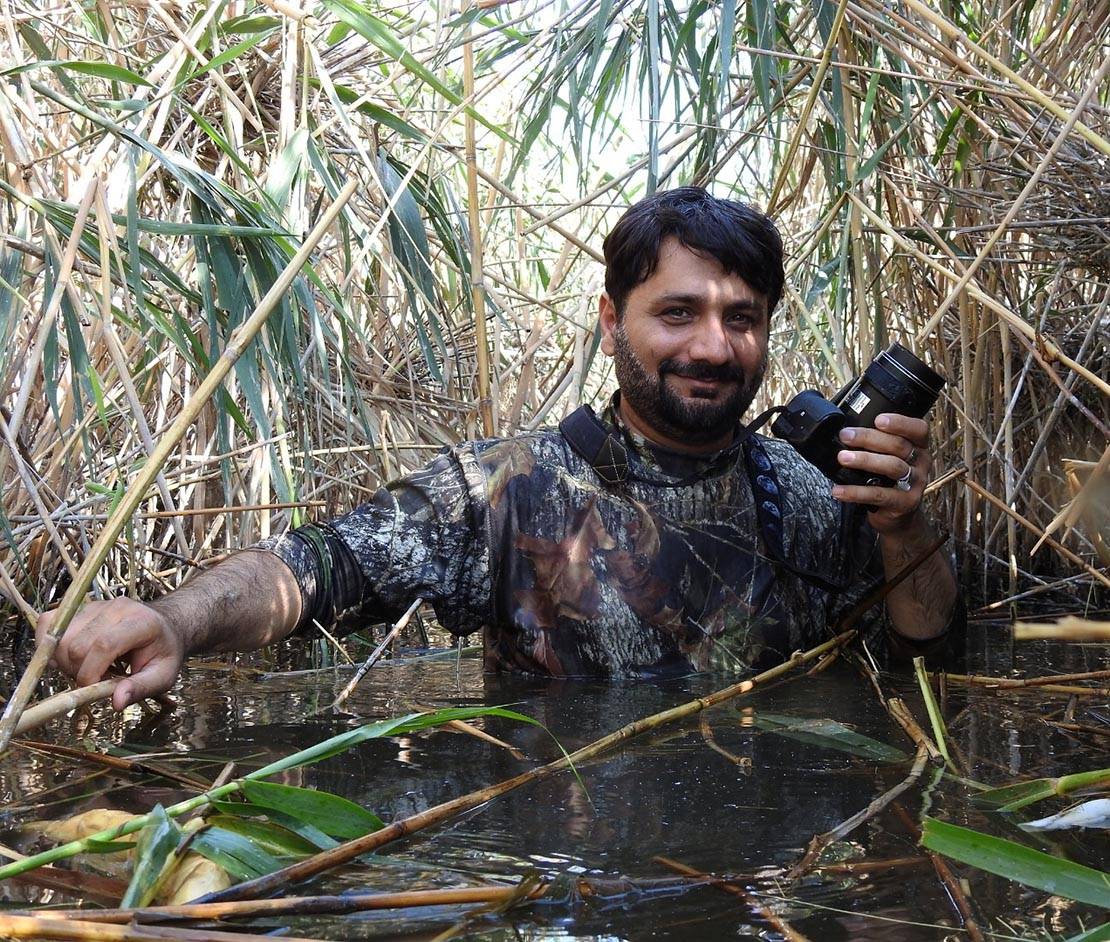The wonderful marshes of Khuzestan – an Iranian treasure
Guest blog by Keramat Hafezi Birgani
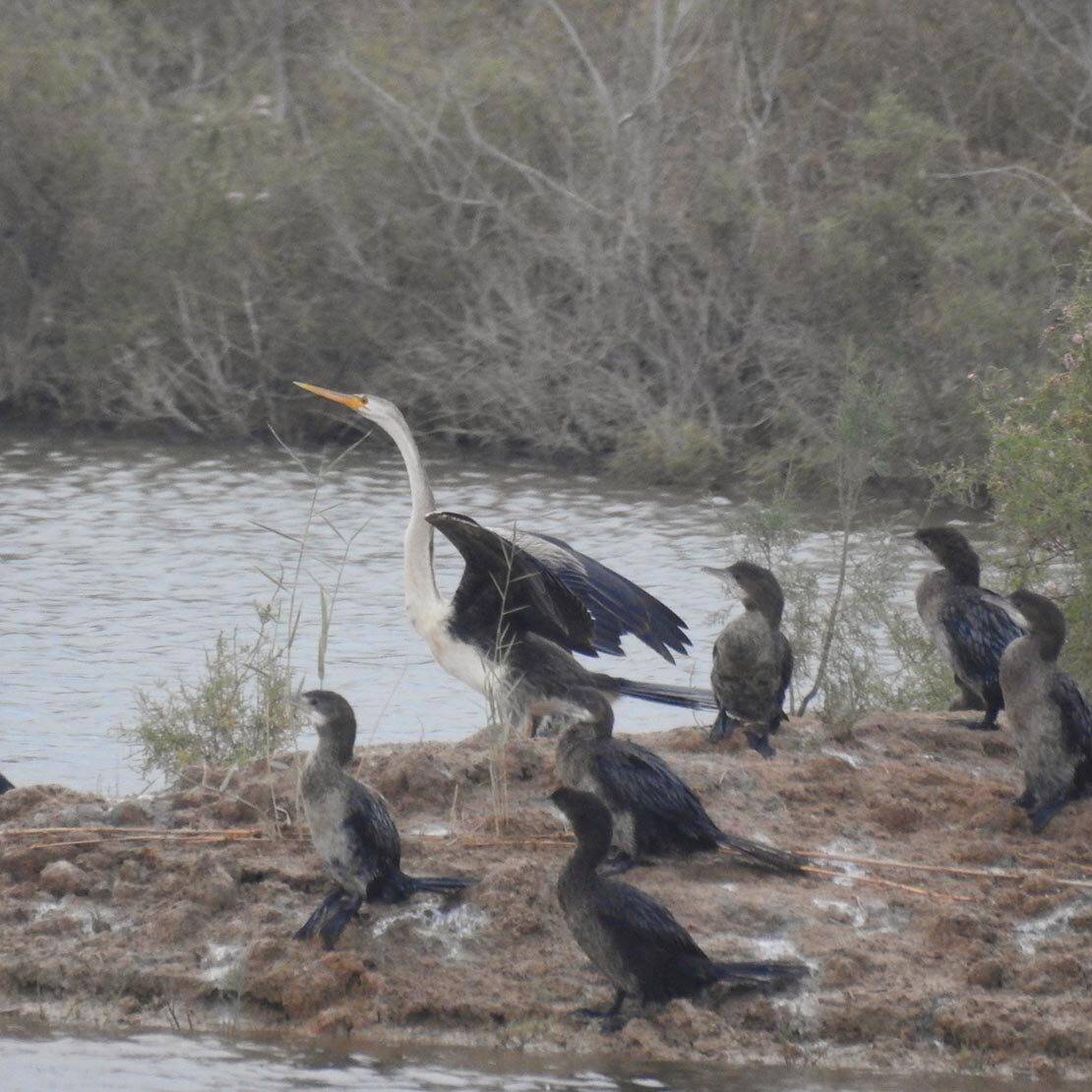
My name is Keramat Hafezi Birgani, I was born in the city of Masjed Soleiman, where the first oil well was discovered in the Middle East. Masjed Soleiman lies in the mountainous part of Khuzestan province in the southwest of Iran. It is also part of Bakhtiari Mountain, where the Persian Lion Panthera leo persica lived until its extinction about 60 years ago by Royal hunting.
Love of nature is in our blood, like all people of Bakhtiarian tribe. I was very good horse rider when I was teenager. I lived with a love of birds and all God’s creatures like the Persian Leopard Panthera pardus saxicolor that live here in the Zagros Mountain or Euphrates softshell turtle Rafetus euphraticus that live in the Khuzestan Rivers.
Regarding birds, I am a provincial representative of Iran Bird Records Committee for Khuzestan and Chahar-Mahal & Bakhtiari provinces. Khuzestan plain is a most important part of the world with a variety of ecosystems from the Persian Gulf to the Zagros Mountains, from the sea level up to an altitude of c. 3700 meters, and also with rivers, farms, deserts and wetlands.
Another prominent feature of Khuzestan’s birdlife is migration. Several major bird migration routes cross the head of the Persian Gulf. This involves movements by long-distance migrants and also by regional migrants, some of which actually spend their winter or summer in Khuzestan. In Khuzestan Province at any one time you can see White-winged Snowfinch Montifringilla nivalis, Yellow-billed Chough Pyrrhocorax graculus, Bearded Vulture Gypaetus barbatus, Caspian Snowcock Tetraogallus caspius and Egyptian Nightjar Caprimulgus aegyptius. The difference of temperature of the Zagros mountains and Khuzestan plain is about 50 degrees Celsius.
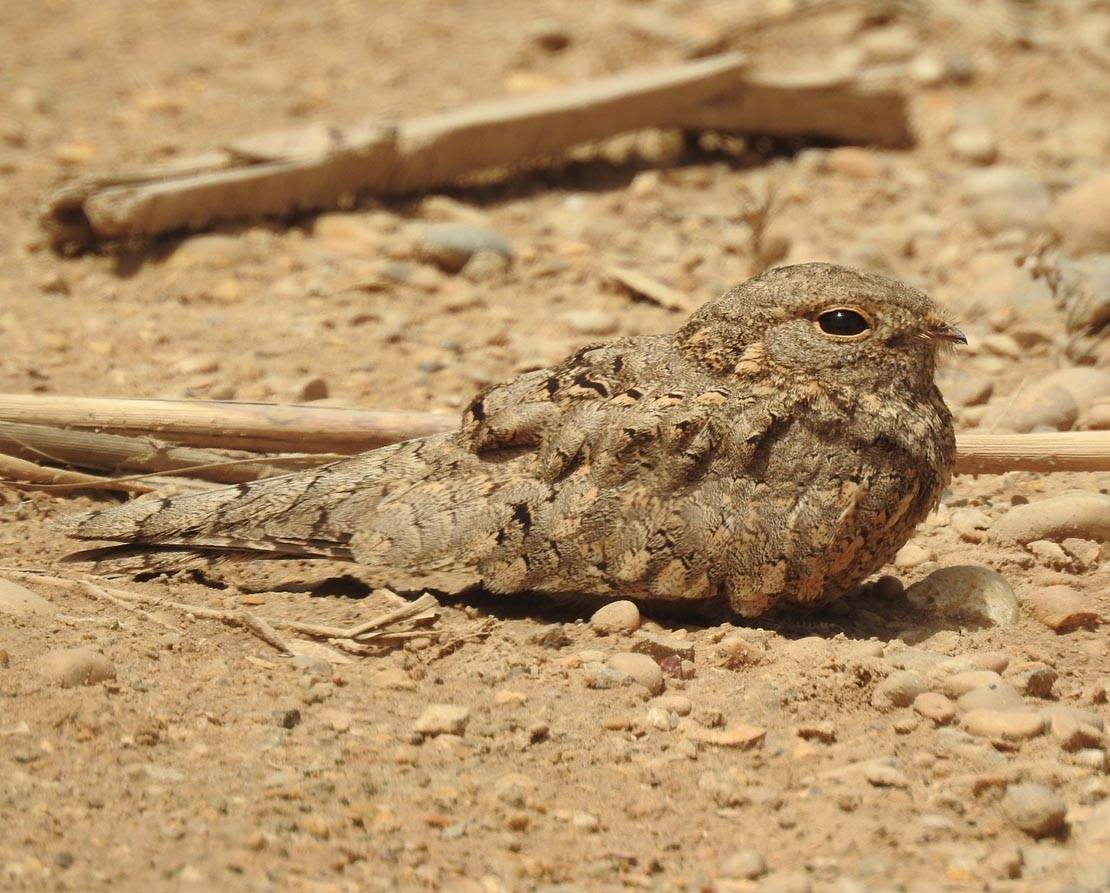
We need to tell the world more about the birdlife in Khuzestan. Surely observations of 11 species of owls such as the Omani Owl Strix butleri and Brown Fish-Owl Ketupa zeylonensis will excite people.
I want to talk about wonderful marshes of Khuzestan. Khuzestan has several marshes and wetlands such as Shadegan wetland where Greater Flamingos Phoenicopterus roseus have now a breeding colony and this year (2020), a single Lesser Flamingo Phoeniconaias minor was also observed.
But now, I want to write about Hour-al-Azeem (Hour-al-Hoveize). Part of the Mesopotamian Marshes is located near the city of Hoveize. Hour means marshes and wetlands and Azeem means great. Birds of Hour-al-Azeem are very important in the Middle East and also in the Palearctic. Basra Reed Warbler Acrocephalus griseldis is one of the most important species in Iran, it is shy and elusive bird that breeds in Khuzestan Marshes. This bird is listed Endangered on the IUCN Redlist. In spring and summer you can hear its frog-like songs and if you are lucky, you can see it at a glance.
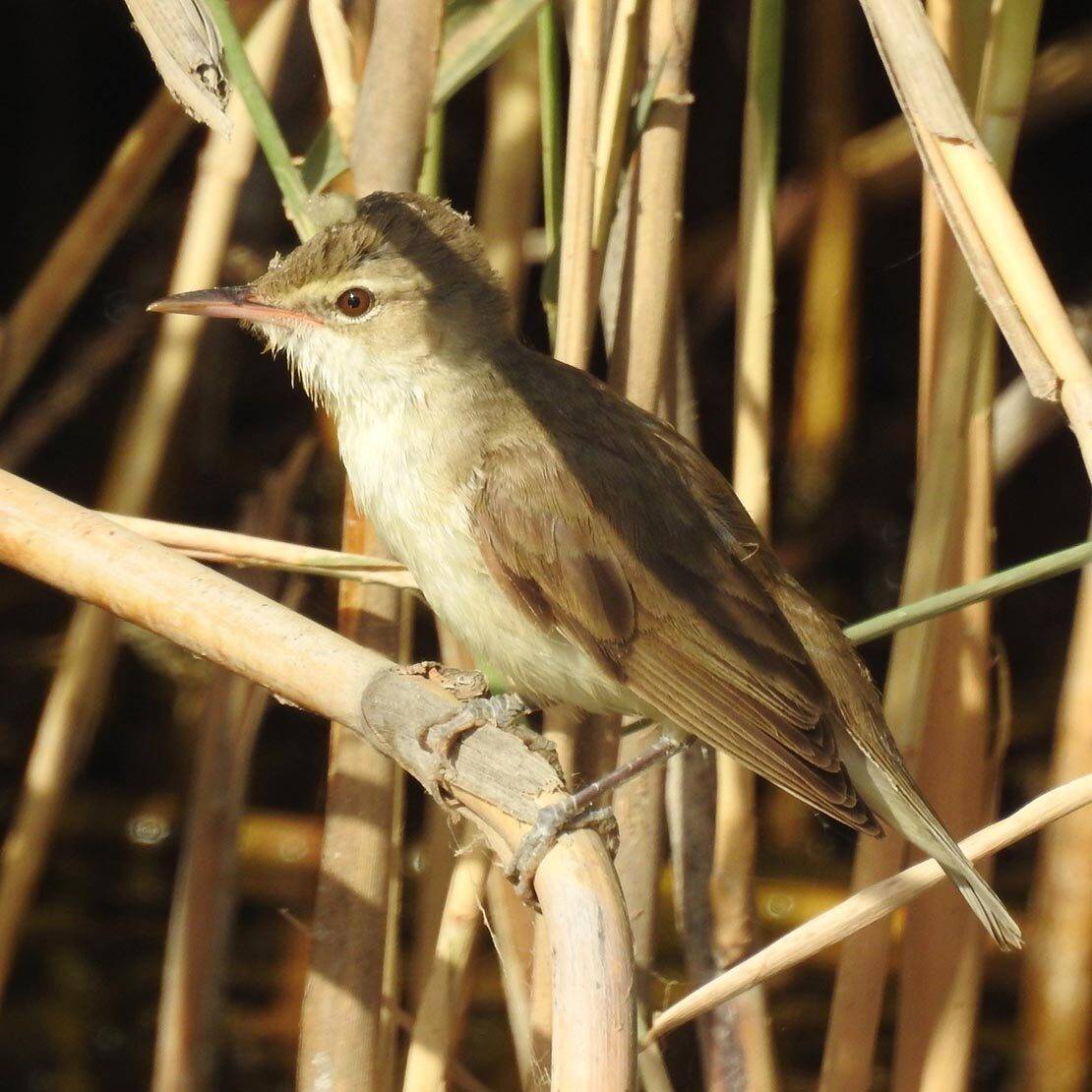
Some important species of birds are resident in Khuzestan marshes such as the Goliath Heron Ardea goliath, African Darter Anhinga rufa, African Sacred Ibis Threskiornis aethiopicus, Pygmy Cormorant Microcarbo pygmaeus, Marbled Teal Marmaronetta angustirostris, Iraq Babbler Turdoides altirostris, Afghan Babbler Turdoides huttoni and Grey-headed Swamphen Porphyrio poliocephalus. Dead Sea Sparrow Passer moabiticus and Mesopotamian Crow Corvus (cornix) capellanus are also present.
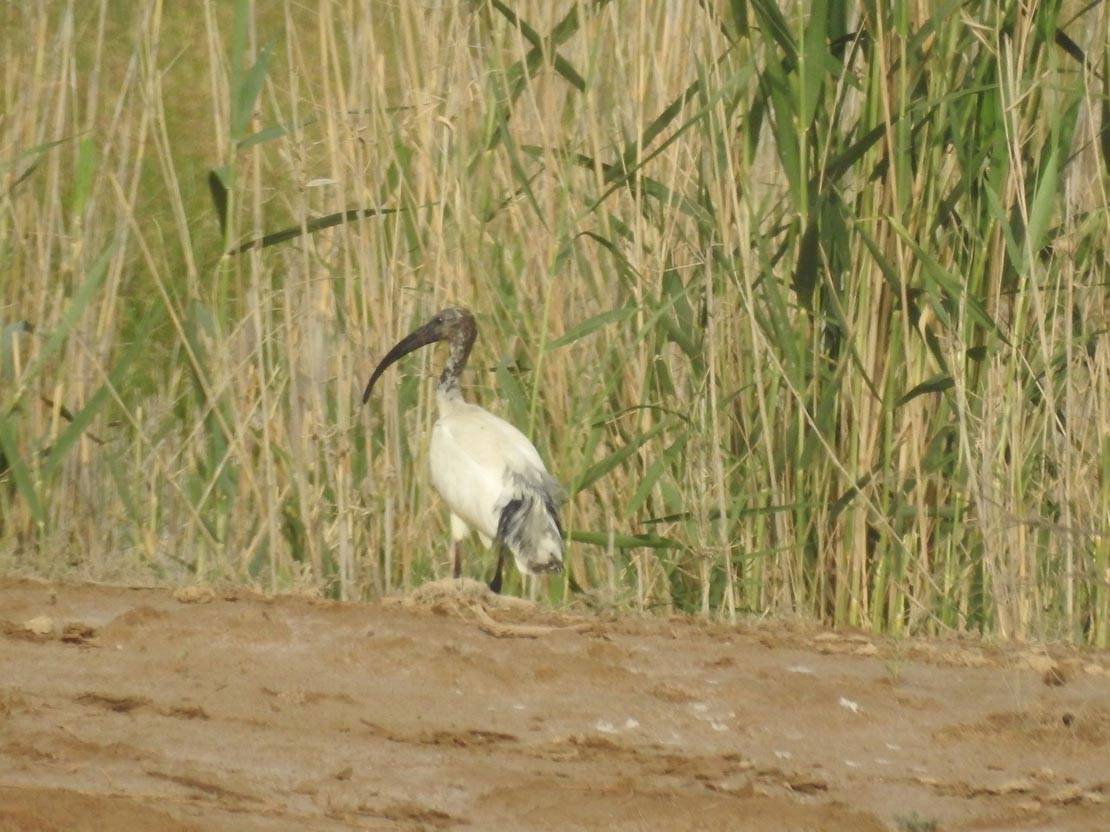
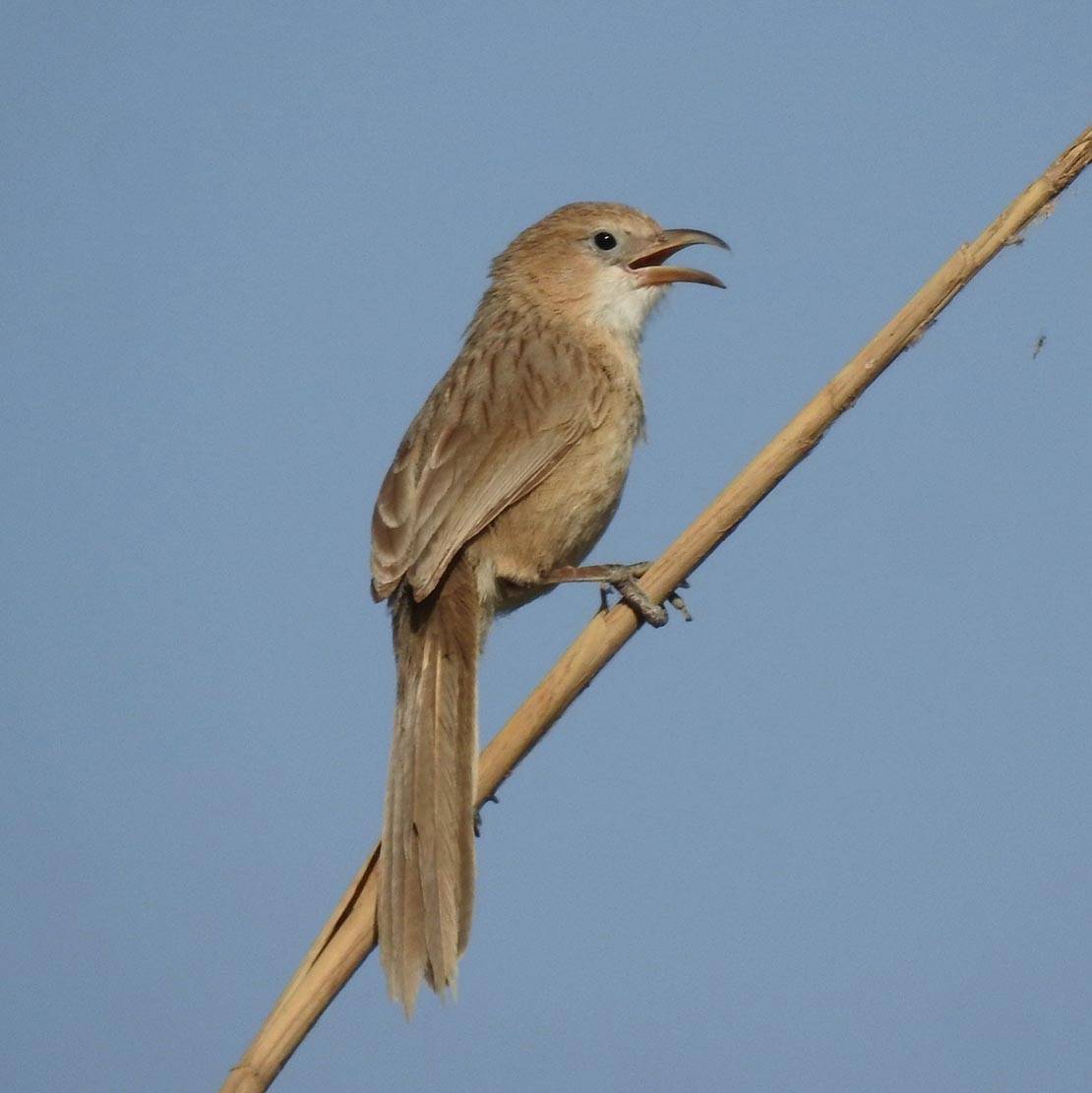
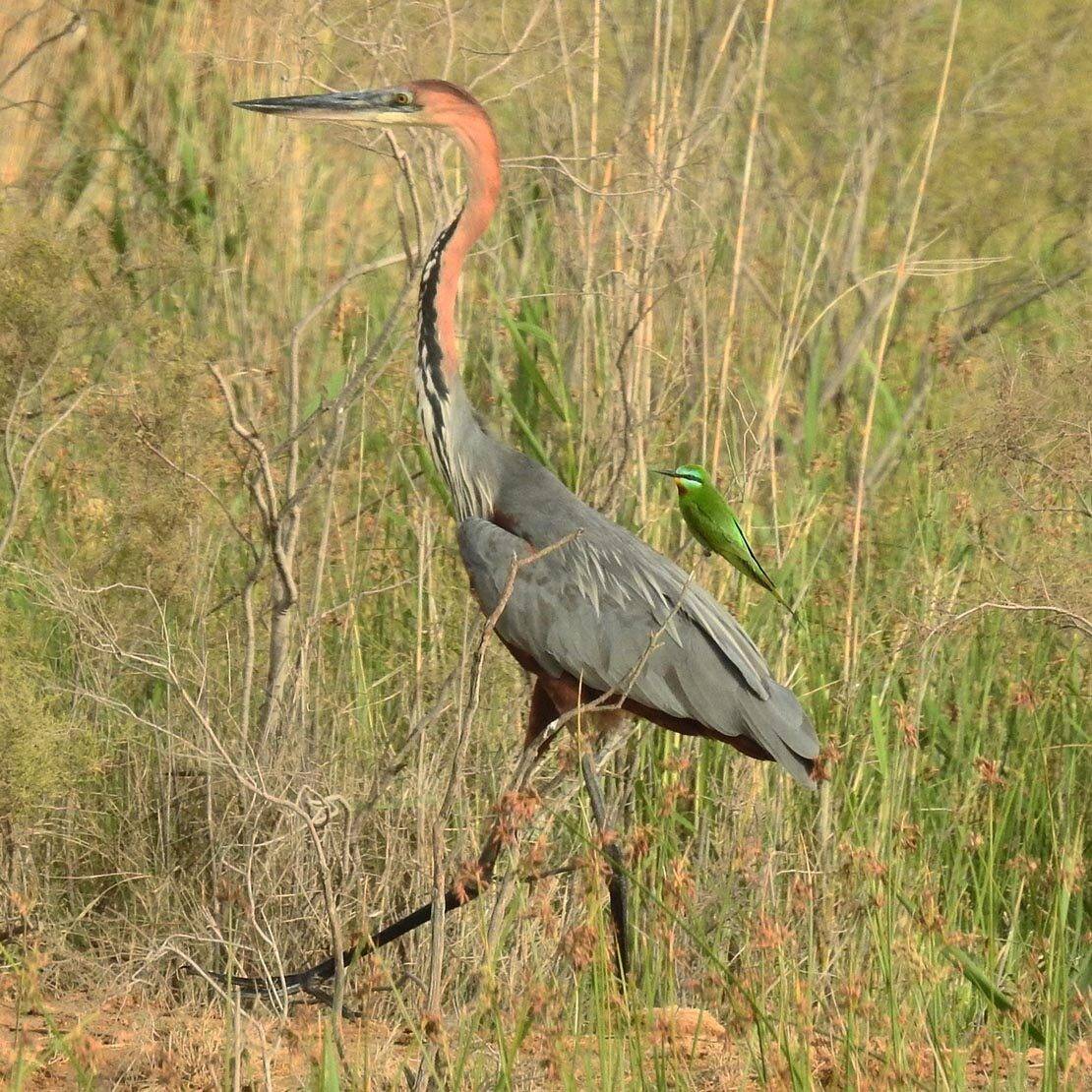
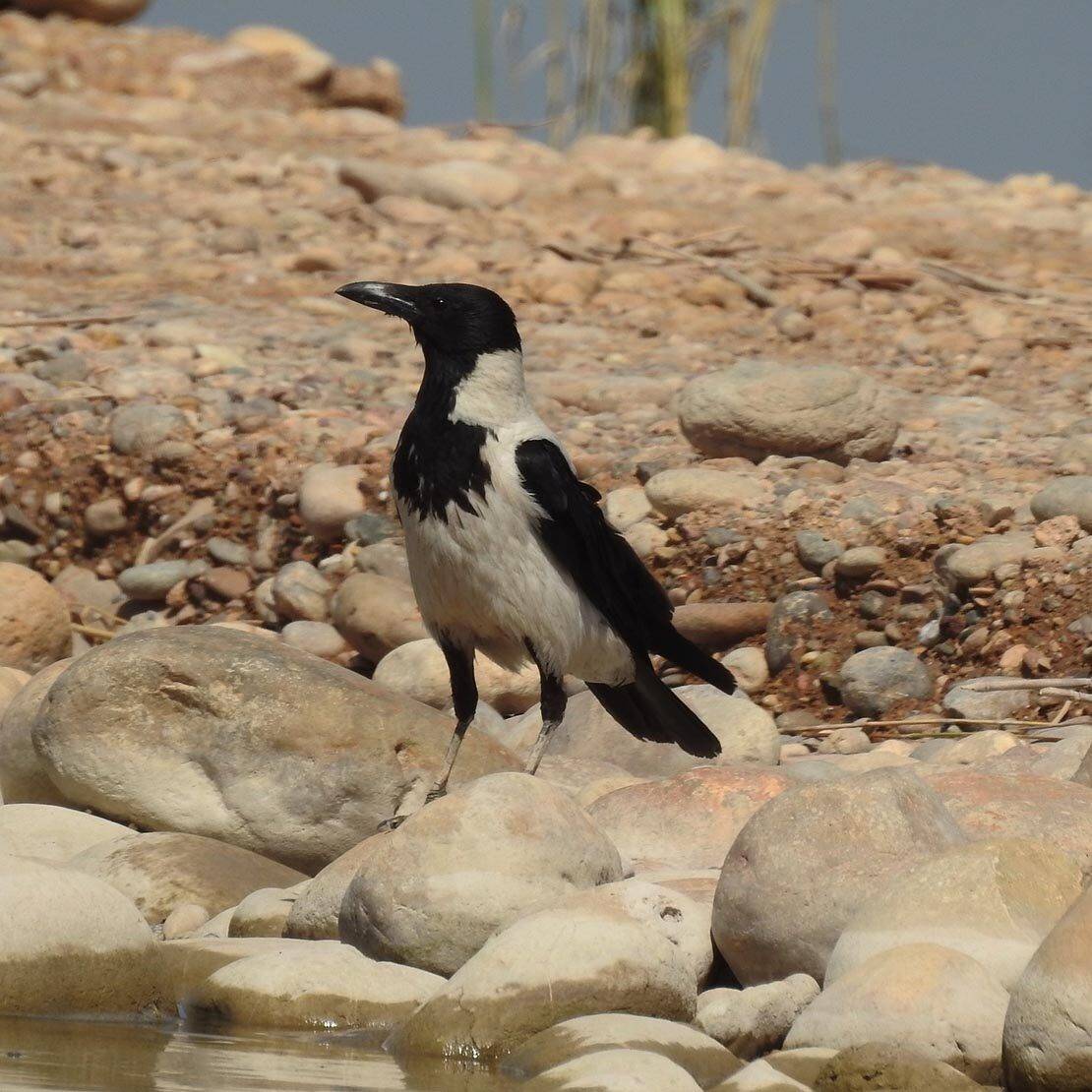
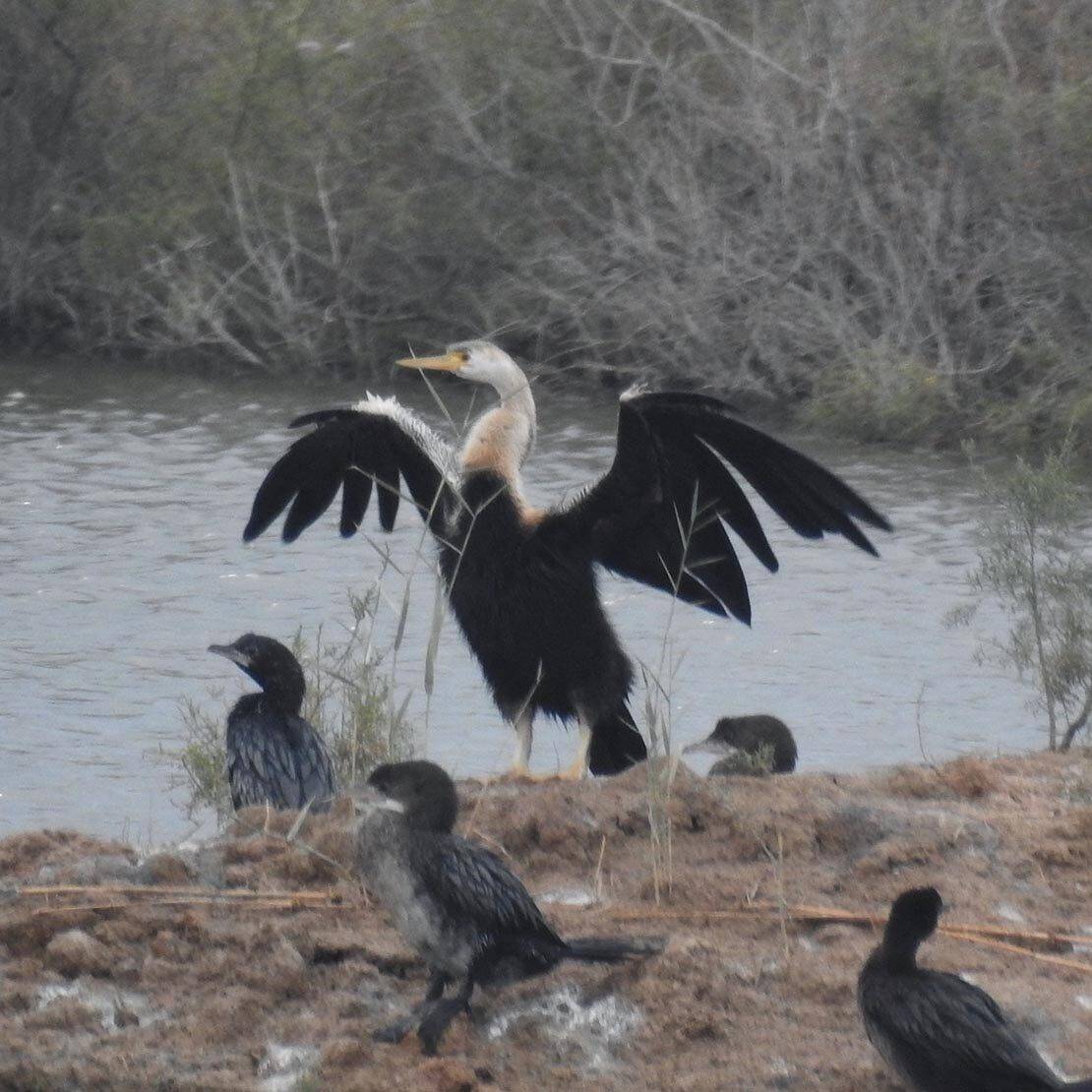
Some of these are resident in the Mesopotamian Marshes. Many are winter visitors, including birds of prey, gulls, ducks, geese, herons, pelicans and waders. Also some rare visitors such as Red-breasted Goose Branta ruficollis and Lesser White-fronted Goose Anser erythropus.
In winter, you can see more than 100 species in one day in Hour-al-AL-Azeem and around the area you can even observe the Endangered Sociable Lapwing Vanellus gregarious.
Migration is very important here because Khuzestan lies on the route of many passage migrant birds. For example I saw thousands upon thousands of Red-backed Shrikes Lanius collurio and Western Yellow Wagtails Motacilla flava also hundreds of Red-throated Pipits Anthus cervinus in just a few days of this spring.
My favorite passage migrant birds are warblers such as Savi’s Warbler Locustella luscinioides, Marsh Warbler Acrocephalus palustris and Mountain Chiffchaff Phylloscopus sindianus. Summer visitors and breeding Birds are amazing too such as the Egyptian Nightjar, Grey Hypocolius Hypocolius ampelinus and Caspian Reed Warbler (Acrocephalus scirpaceous fuscus). There are also small populations of Red-crested Pochard Netta rufina and Ferruginous Duck Aythya nyroca.
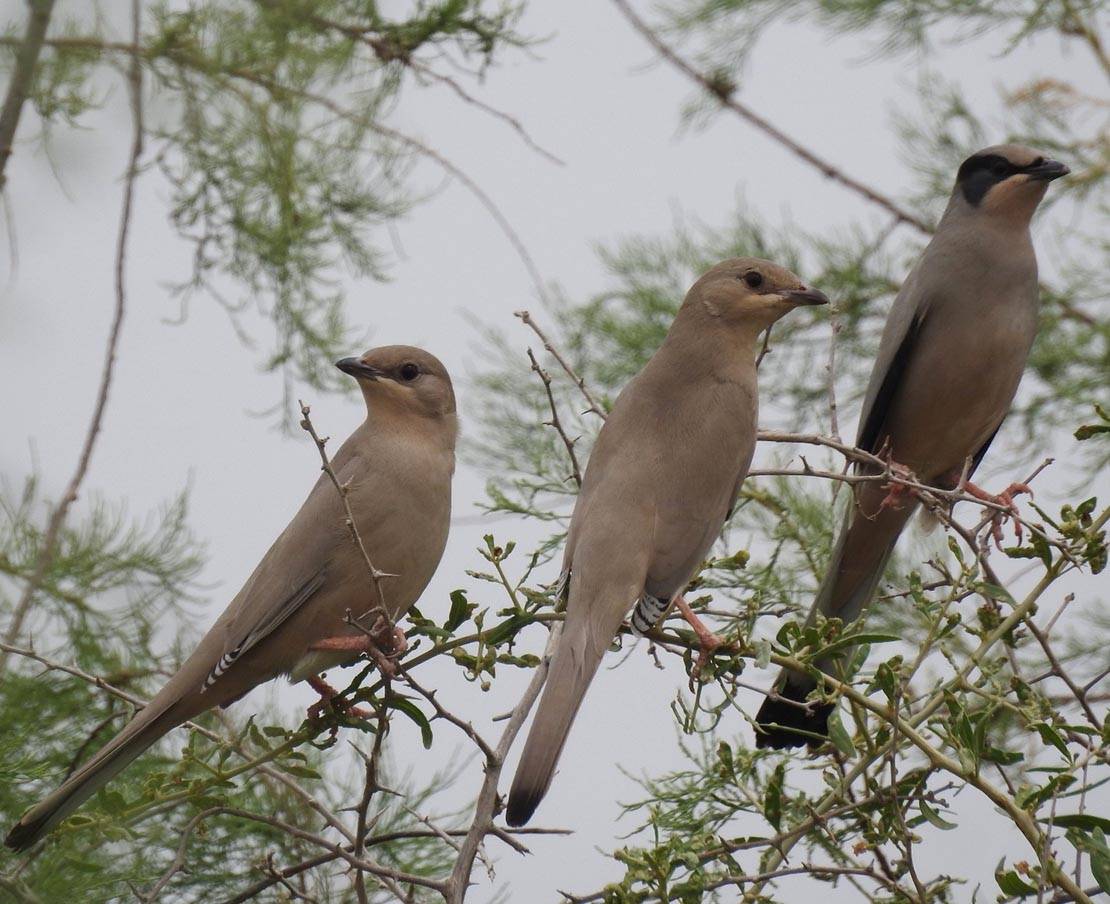
Birds of prey are interesting too. We have a good resident population of the Black-winged Kite Elanus caeruleus in the area around the Khuzestan Marshes. Other birds of prey are winter visitors to the plain and hot part of Khuzestan including Great Spotted Eagle Clanga clanga, Eastern Imperial Eagle Aquila heliaca, Steppe Eagle Aquila nipalensis and White-tailed Eagle Haliaeetus albicilla).
Observation of vagrant birds always interest me. For example the Long-tailed Duck Clangula hyemalis that I observed it in Hour-al-Azeem for the first time in April 2020 in Khuzestan province.
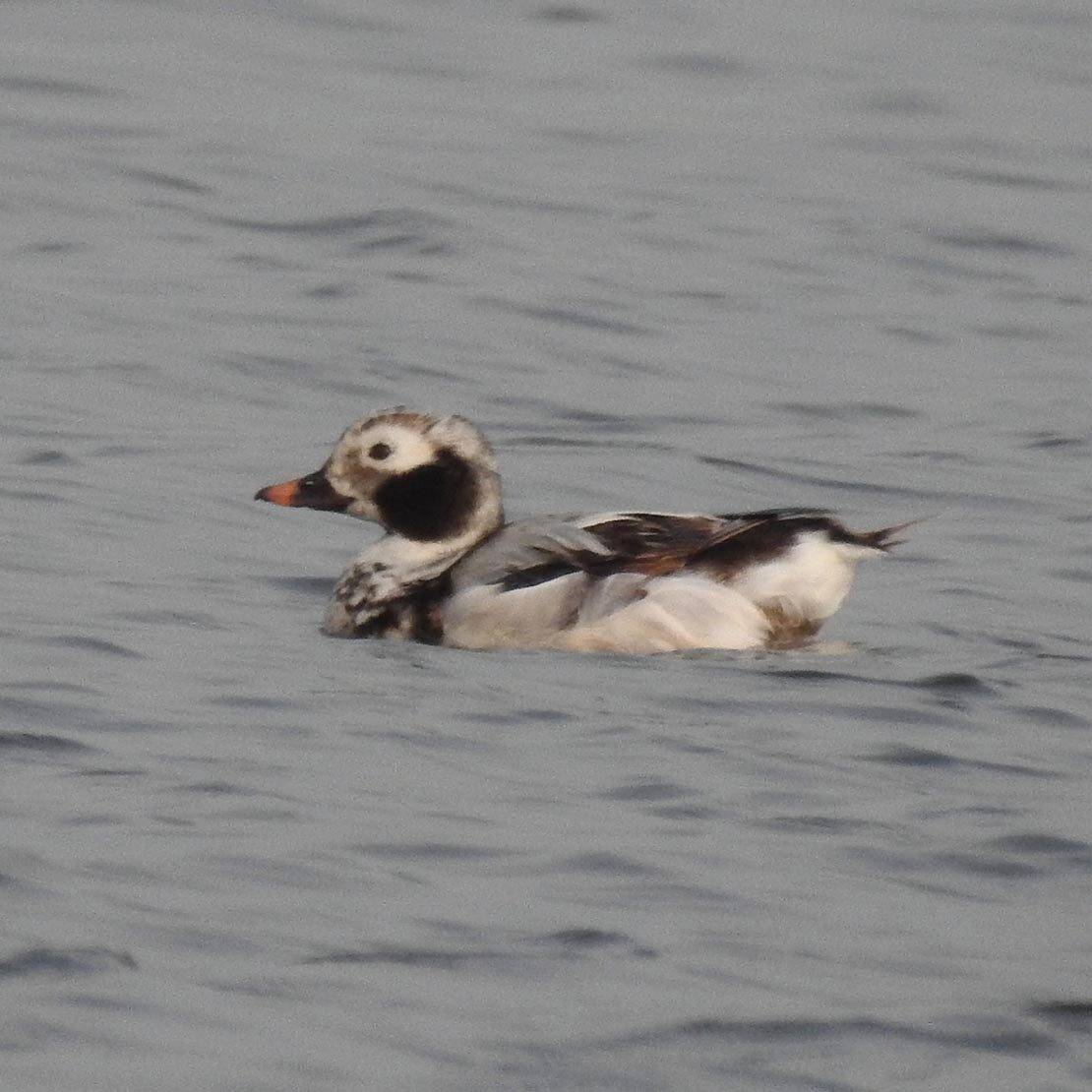
In total, more than 380 bird species have been recorded in Khuzestan. It is a gateway for migratory birds. Migrant birds enter and leave Iran from Khuzestan. Migrant birds that do not intend to cross the Persian Gulf pass through the Khuzestan area. This part of Iran is so interesting for birdwatchers and all those who love the nature and wildlife. Iran is a great, beautiful and safe country in which 556 species of birds have been recorded up until now.
